David Vizard’s How to Build Max-Performance Chevy Small-Blocks on a Budget (Performance How-To)
$22.49
Price: $22.49
(as of Jun 25,2025 20:53:51 UTC – Details)
From the Publisher
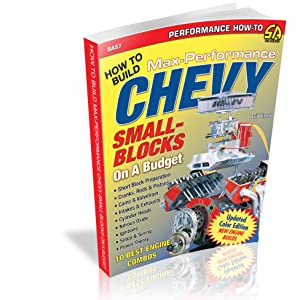
In this all-new edition of How to Build Max-Performance Chevy Small-Blocks on a Budget, David Vizard uses his 50 years of knowledge, wisdom, and practical experience to reveal the latest techniques and the best equipment for producing maximum horsepower on a limited budget. With the information in this book, you can build a small-block Chevy for a fraction of the cost of a speed shop engine. The considerations, options, and cost of stock and aftermarket blocks are discussed in detail. In particular, Vizard delves into selecting high-flow heads to suit your power ambitions and internal parts. He also sheds light on the intricacies and operation of camshafts, and easy-to-use charts take the guesswork out of cam selection. It’s easy to build a maximum-performance small-block Chevy with cubic dollars to spend, but if you’re on a budget, this book gives you the tools to build a 400- to 800-hp affordably.
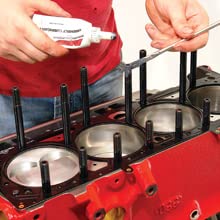
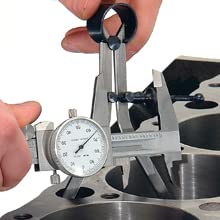
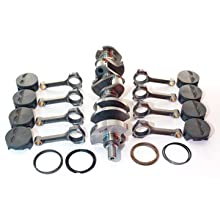
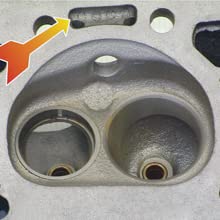
Engine Building Practices
Optimum ring seal and proper bearing clearances will count for naught if cleanliness during assembly is compromised. Here ARP head studs are being moly greased prior to dropping the head on.
Cylinder Blocks
If there is any doubt as to the thickness of the cylinder walls, a rough guide can be had by using a set of bow calipers to reach down into the water jacket as seen here. Next step is to measure across the adjusting screw and note the dimension.
Rotating Assemblies
Here is the Scat rotating assembly for a drag race 350 I built. As seen here this forged rotating assembly came balanced as a kit from Scat. In its track-ready form, the moderate budget engine these parts went into made just a couple of horsepower shy of 600.
Cylinder Heads
With early heads (pre-1973), this is the style of chamber that makes power. When milling these heads for compression, be sure to see that the groove (arrow) that circulates water around the plug boss is still deep enough to do so. If not, use a carbide cutter to deepen it.
Features 10 Hot Engine Builds
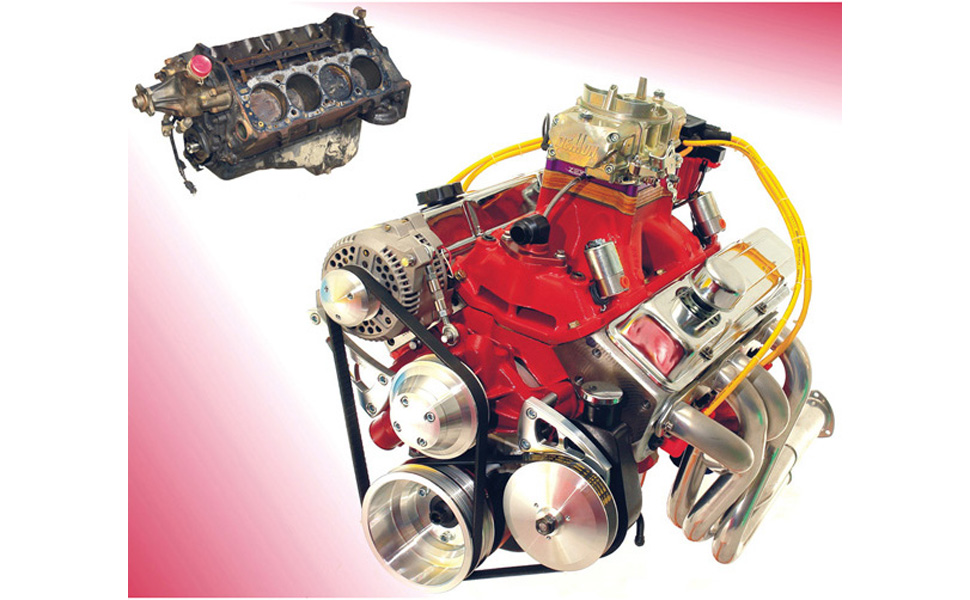
It seems that I am far from the only one on a quest for best power per dollar spent while retaining reliability. Shown here is an engine from Blueprint Engines that seeks to do the same. I had to build, in my shop/studio, a replica of one of their engines from a kit they sent me for a magazine article. The result, from their baseline engine for truck usage, was 453 horsepower and 495 lbs-ft from 383 inches.
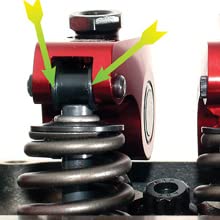
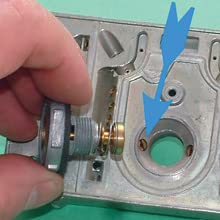
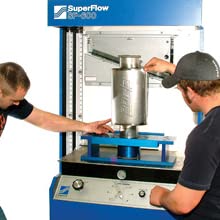
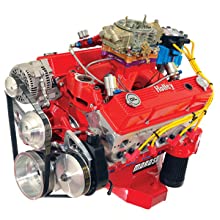
Cams & Valvetrains
Adjustable Isky guide plates will allow the rollers on the rocker tips to be positioned centrally in the side-to-side mode. Another way to achieve alignment is to use self-aligning rockers such as these shown here. By trapping the end of the valvestem between the two hardened washers (arrowed) the rocker is constrained to follow the valve tip.
Induction Systems
The correct way to calibrate a Holley’s WOT mixture is via the power valve restriction channel. Usually they cannot be calibrated, but this performance Holley has jets to do just that. The main jets should be calibrated for best cruise mixture with the jets shown here sized for maximum power mixture.
Exhaust Systems
Here UNCC motorsports students Nate and Justin check the flow of a big Borla muffler. Their findings—big flow numbers!
Nitrous Oxide
A lot of experimenting with different nitrous kits was done on this 383 motor. The Nitrous Express kit shown here was their basic 50- to 200-hp plate system. During the test program a session was done with their Gemini Twin plate system and with 300-hp jets it delivered 330-hp increase. It pushed this motor to well over 800 hp. This system is one I give top marks.

Publisher:CarTech; Updated ed. edition (May 11, 2009)
Language:English
Paperback:160 pages
ISBN-10:1932494847
ISBN-13:978-1932494846
Item Weight:1.15 pounds
Dimensions:8.5 x 0.38 x 11 inches

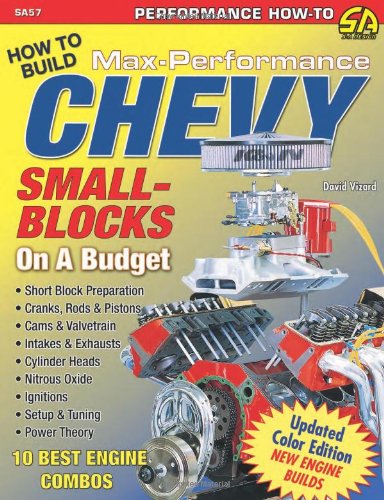





There are no reviews yet.